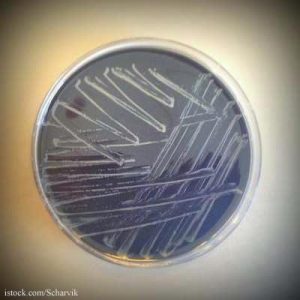When dozens of Wisconsin high school students developed Campylobacter infections after attending a football team banquet, it didn’t take health officials long to trace the source of the illness to raw milk provided by a parent who did not disclose its lack of pasteurization. Raw milk and poultry are often associated with Campylobacter, a pathogen that causes more damage than most people realize.
 Campylobacter is transmitted when food or beverages contaminated with animal feces are consumed. Symptoms of an infection, called campylobacteriosis, include diarrhea, which is sometimes bloody, abdominal cramping, fever, nausea and vomiting. In rare cases, a complication called Guillain-Barré syndrome can develop. Guillain-Barré causes weakness and paralysis and can occur several weeks after the initial illness.
Campylobacter is transmitted when food or beverages contaminated with animal feces are consumed. Symptoms of an infection, called campylobacteriosis, include diarrhea, which is sometimes bloody, abdominal cramping, fever, nausea and vomiting. In rare cases, a complication called Guillain-Barré syndrome can develop. Guillain-Barré causes weakness and paralysis and can occur several weeks after the initial illness.
In 2013, just over 845,024 Americans contracted Campylobacter infections, at a cost- for medical treatment, loss of productivity and premature death, of $ 1 billion, according to a new report from the U.S Department of Agriculture.
Of the total cases, 790,930 did not see a doctor, 45,631 did, 8,643 were hospitalized and 76 died. In addition, 1,916 of the case patients developed Guillain-Barré syndrome, 86 of whom died.
To reduce your risk of contracting a Campylobacter infection, don’t drink raw milk, prevent cross contamination in the kitchen by using separate utensils and dishes for raw and cooked poultry and use a food thermometer and make sure poultry has reached an internal temperature of 165˚F before serving.




